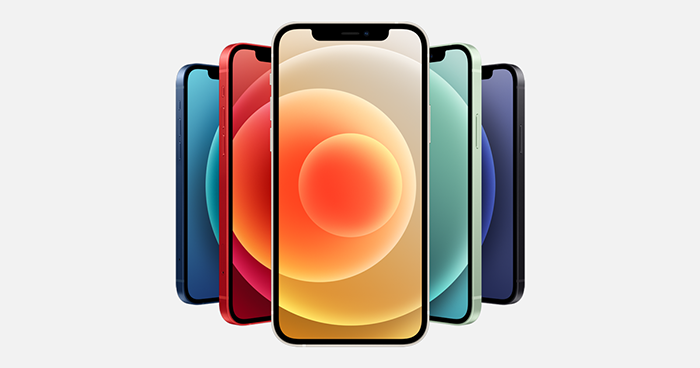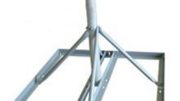Remember the “myth of megapixels?” This was a term popular in the 2000s. We started the decade with clunky digital cameras that cost $500 and delivered sub-1-megapixel performance. We ended it with sleek little point-and-shoot cameras with more than 8 megapixels in their sensors.
It was about that time that smartphones took over. Cameras moved upscale, with DSLRs and mirrorless cameras in the 20-30 megapixel range. And, at the same time, phones got better sensors every year.
The funny thing is, people started to notice that the pictures weren’t actually getting better. File sizes were going up, but all that meant was fewer pictures stored on your phone. People wanted to know why.
Explaining the myth
We all learned that it’s not just the number of megapixels on the sensor. It’s how well the sensor works. It’s the lens. It’s the size of the whole thing. It’s the compression technology. Just sticking in a sensor with more transistors doesn’t guarantee better pictures. We all learned that and the truth is, since then our cameras have stabilized at 8-12 megapixels. For the devices we choose to carry, that seems to be the sweet spot. In order to improve quality, we’ve all gotten used to multiple cameras on the back of the phone. They’re ugly but they work.
Has the myth returned?
I recently had the opportunity to test Samsung’s Galaxy S21 Ultra against the iPhone 12 Pro Max. You know the S21 even if you don’t have one. You’ve seen the commercials that imply you can zoom in on something 1,000 feet away. iPhone 12 Pro Max is the top of the line in the Apple range, and people do like it, but it makes no such claims.
The big comparison comes down to the myth of megapixels, all over again. Samsung’s primary image sensor is a honkin’ 108 megapixels, while Apple’s is 12, which seems like an incredibly unfair battle.
Except, it kinda isn’t.
Here’s the reality
First of all, if you want to see image comparisons, check out this review at The Verge. I’m embarrassed to say so, but their comparisons came out so much better and more relevant than the ones I did that I tossed mine.
But I will tell you that the 108 megapixel camera is kind of a gimmick. Samsung, as well as other tech blogs, don’t recommend you actually use it all the time. It’s off by default. Why? The file sizes are ridiculous. It’s about 16MB per picture, which will fill up your phone fast. Since Google isn’t giving you unlimited photo storage anymore, it will fill that too.
Having seen the results with my own eyes, I will tell you that the 108MP photos on the Samsung are nowhere as good as the 24MP photos from my DSLR. Not only that, my DSLR lets me swap lenses. Of course I didn’t expect them to be better. Those files are aggressively compressed just to get them to that size. Otherwise they would probably be about 80MB for each picture.
More importantly, the vaunted 100x zoom is more a gimmick than anything else. Yes, I will admit that the images it took of really distant things are sharper than the iPhones. It’s mostly a matter of bragging rights, though, because neither camera does a really good job at that distance. They can’t, because they have tiny little lenses and rely on a lot of digital processing and sharpening.
The best camera is…
I have said this for probably 20 years. The best camera is the one in your hand. That’s why I end up using my phone instead of my DSLR for unplanned moments. Both the Samsung and the Apple phones have really superior cameras. The use of multiple sensors along with incredible image processing will give you really great images in a variety of conditions. Both phones have low light performance that’s better than your eyes. Both have portrait processing and other gimmicky stuff. And both support apps that let them perform even better.
So, in the end you should use the camera attached to the phone you like. Samsung and Apple give you fairly different experiences, but in the end it’s about the apps you use and how you use them. Pick the phone that makes the best sense to you and don’t look back. Take the pictures you want, and don’t worry about the megapixels.





